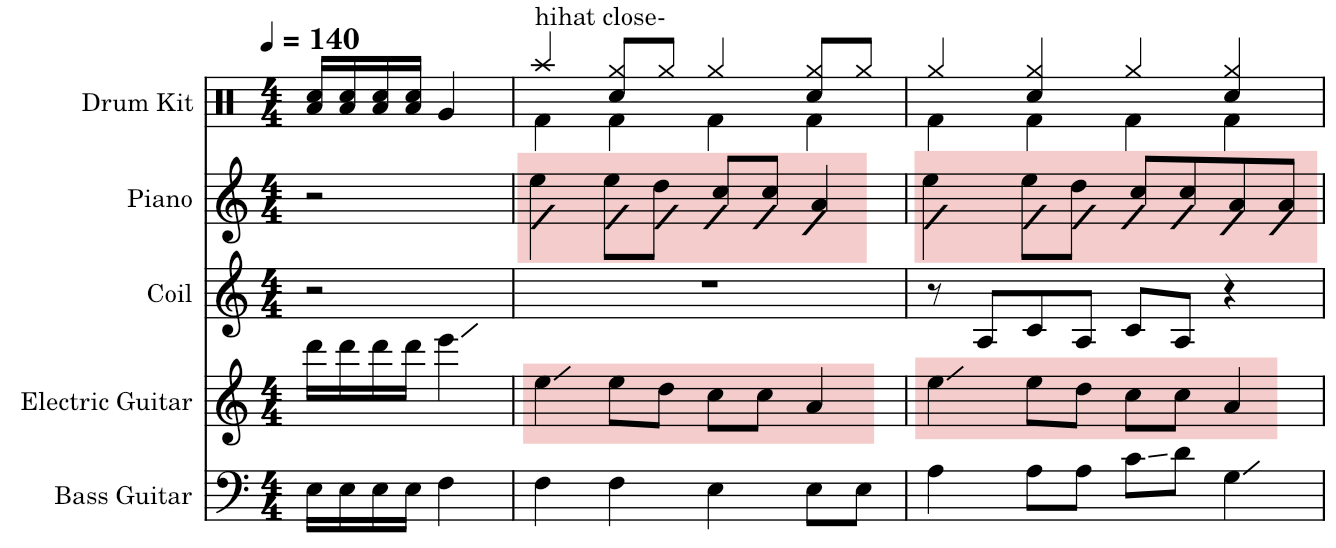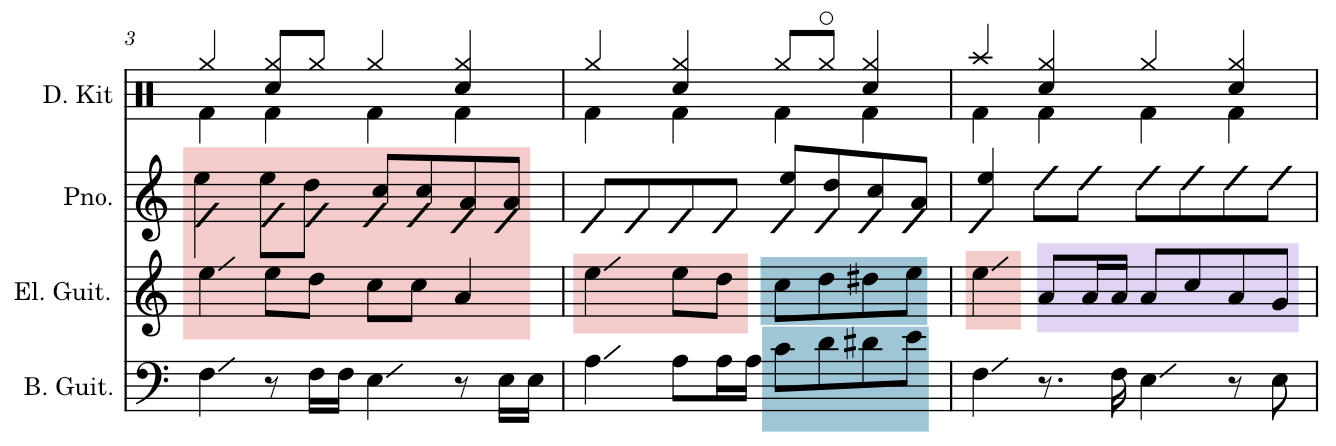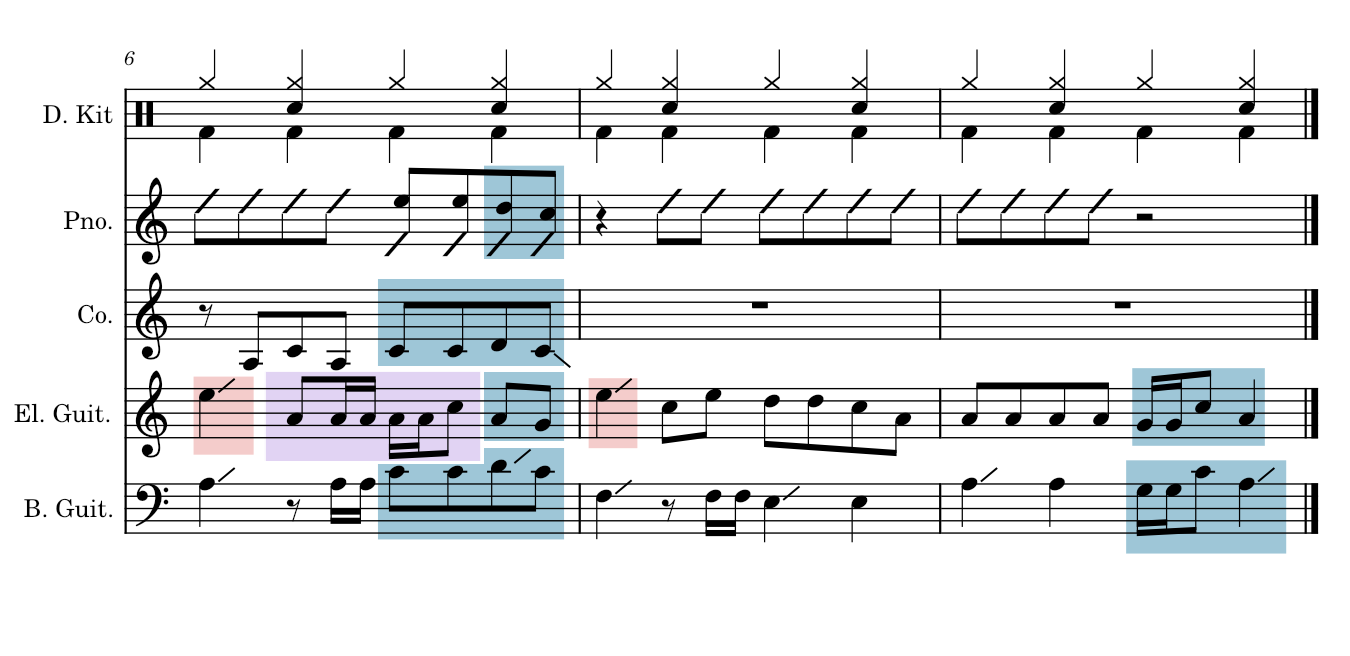Author's note from the future: Note the trailier ended up being a heavily strimmed down of the second chorus. The fact that this is so good without ACANE's singing is just insane. Also note that this article was archived because 1. I made too many mistakes 2. This article goes aganist my goal for this website to be timeless. Although this article is still relevant after the full song is posted, it still felt wrong to have it here. I probably won't do the analyze on the full song since I don't know much about music to do the full thing.
In about one day after publishing this analysis, ZUTOMAYO, my favorite music group, will release the music video for Hippocampal Pain (海馬成長痛). However, the music for the sixteen-second music video trailer is already so good that I decided to write an analysis for it.
Take a listen.
If the embed does not work, try refreshing or click here to go directly on YouTube.
Every time I listen to this, it feels being lost in a buffet with all the potential food options you can have. Although I might be initially focused on the electric guitar, the closest thing to a melody in this clip, it is easy to get distracted by another equally interesting part. To me, this musical overload makes listening to this so enjoyable. Because there is a mosaic of sounds happening at once, every relisten feel unique.
I made a basic transcription of all the important parts in this trailer. Surprisingly, it was relatively easy to transcribe, but I am not a great transcriber, so there are probably a few mistakes. Furthermore, I also simplified the piano part because I can’t transcribe chords.



This song’s chord progression is IV III7 vi I. Despite my attempts through web searches, I could not find a name for this chord progression, even though I have seen it in other ZUTOMAYO songs before. I like to think it as a variation on the royal road progression, but with a dominant third rather than a dominant fifth.
This section is eight bars, excluding the pickup. The first half is largely characterized by the light red motif played by the electric guitar. The second half is characterized by the alteration in the guitar (in purple) and the higher piano notes.
There are a few times when the instruments join together in unison, marked in dark blue-green. Although many of these may be difficult to notice as a listener, they connect the parts together for at least one breath.
Here is a brief description of what each part is doing.
I cannot actually hear the bass drums well, but based on the snares and hi-hat, the drum part is just a simple rock beat. I find it interesting that the eighths on the hi-hat eventually fade out. A possible reason for this could be that they wanted to draw more attention to other parts.
The electric guitar is exclusively C major pentatonic, besides a chromatic D# in the fourth measure. The light red four-beat phrase is catchy, even if it is just a descending pentatonic scale. I believe part of it is the rising glissando at the start of every measure, which makes the song feel more gleeful. In the second half of the song, that pattern is still kept even though the guitar shifts to a more subdivided alteration.
I would describe the piano part as votatile. At first, it complements the guitar part. However, it slowly deviates away until the second half, where it basically switches to the chords in the higher register. Another thing I will mention is that piano occasionally offers its own melodic content, such as in measure 4.
If you are familiar with ZUTOMAYO, you will know they like playing with strange electronic instruments. I do not know what instrument this is, but I will just call it the “coil”. The coil is probably the most jarring instrument here, carrying an eerie feel. In junction with the rest of the music, it makes me think of Halloween. However, it only appears in only two measures which allows lets the other instruments shine as well.
With the glissandi and the sixteenths, I find the bass part to feel juicy, even though it is basically just playing the root of the chord. The glissando bass notes remind me of Neko Reset (猫リセット) in fact. Furthermore, the higher notes on the C chord give the bass line more variety.
Here are some of my personal takeaways from doing this analysis as an amateur musician.
1. The music reminds that even if you are trying to do a lot of interesting parts, you still need to have a strong foundation. I like to imagine in music, there are two conflicting forces. Stability and variety. So even in this case study, where you can see a lot of variety, there are also parts that are stable. The most notable examples are in the electric guitar and drum beat.
2. On the other hand, variety just makes music alive. Variation is always happening in multiple parts.
3. The glissandi in electric string instruments can add charm into music.
4. With the use of the "coil”, unique timbre help bring a special feel to a song.
Hopefully you learned something today. I also hope the full song will be as good.
This work by thairanaru is licensed under Creative Commons Attribution-ShareAlike 4.0 International